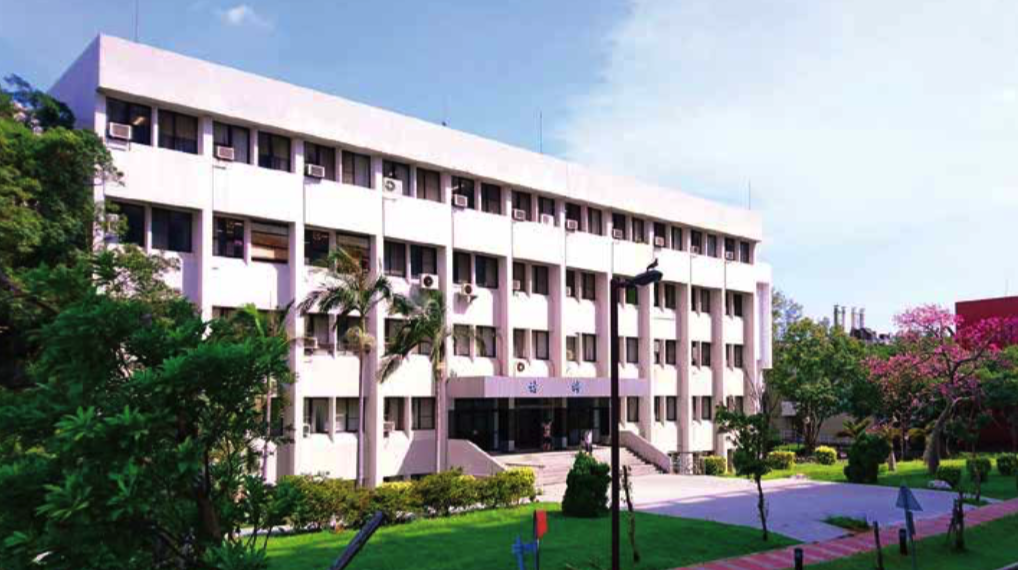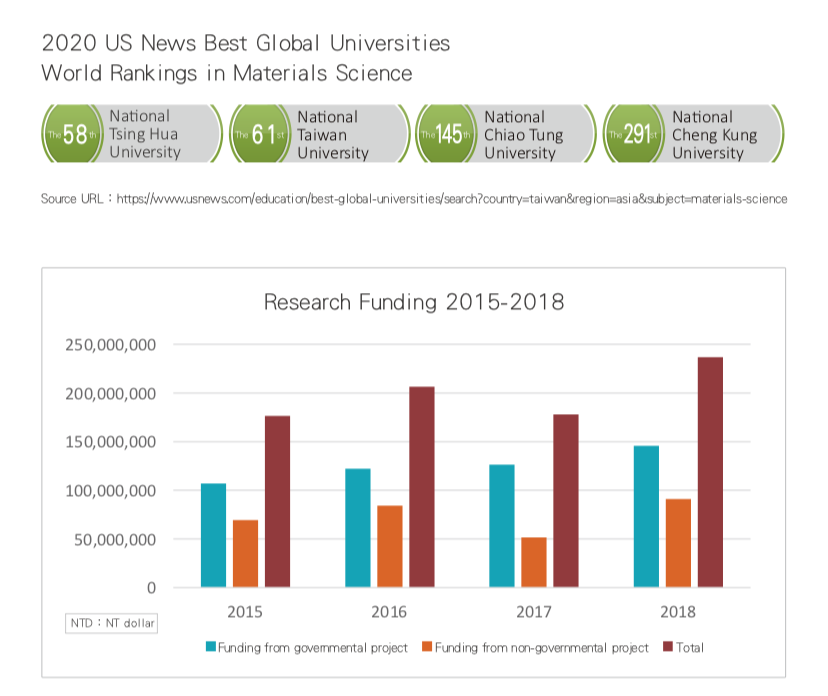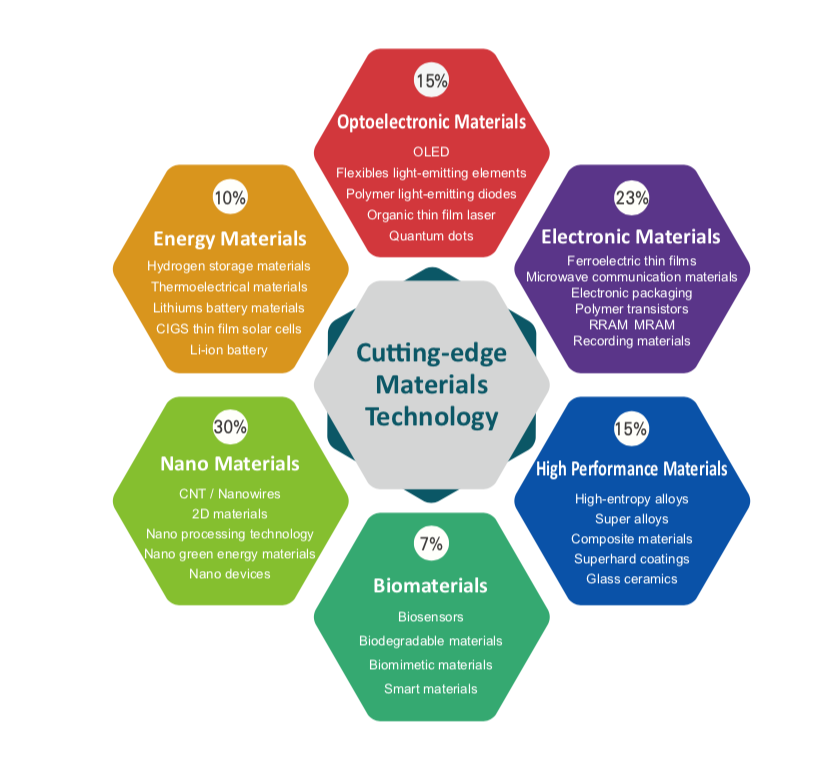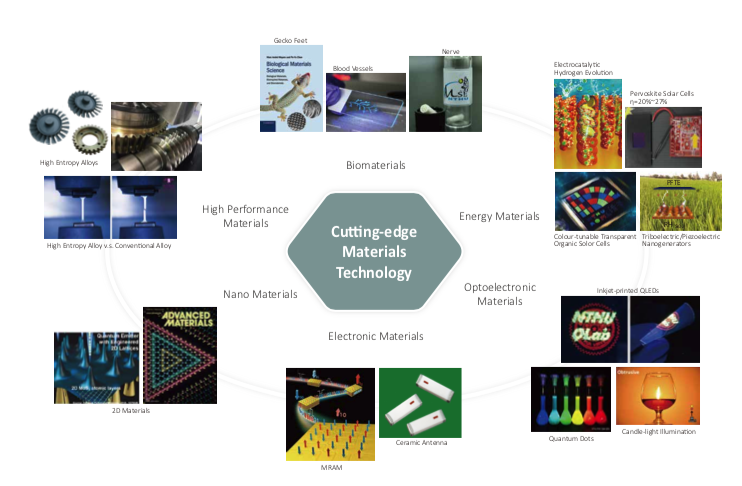English-taught program (Sufficient English courses to meet graduation requirement)
Partial English Courses But Not Meet Graduation Requirements
Department of Materials Science and Engineering
International Students
Overseas Chinese Students
☉ Colleges & Program Overview
Department Introduction

History of the Department of Materials Science and Engineering
The Department of Materials Science and Engineering, National Tsing Hua University, founded in August 1972, is the first materials science and engineering department (undergraduate and master’s programs) in the country. The department is the first in the country to recruit the first batch of Ph.D. students in materials science and engineering in 1981. The department is one of the few places that is equipped with five spaces, world-class research instrumentation and facilities, giving it a leading status in industry, government, academic and research fields.
Materials science is the foundation of the electronics, informatics, communications, aerospace, machinery and optoelectronics industries. Therefore, the field of materials science and engineering is considered as the “mother industry” and plays a crucial role in various high-tech industry. The department organized various materials science and technology seminars and talent training seminars to carry out comprehensive planning on materials technology education and to engage in systematic training for the talents needed by the respective levels. Additionally, in conjunction with government policies, the relevant technology talent resources are integrated to establish materials technology education with regional features. Furthermore, the department regularly organizes materials technology workshops for senior high school teachers, thereby engaging in the first-line rooting work in materials technology education.
Origin and Development
1972 First founded Department of Materials Science and Engineering in Taiwan with undergraduate and master’s programs
1981 First founded PhD program of Materials Science and Engineering in Taiwan
1985 Dual bachelor and master degree program with Linköping University, Sweden
2012 Dual master degree program with Tsinghua University, China
2015 Dual master degree program with Zhejiang University, China
2016 Dual master and doctorate degree program with University of Technology of Troyes, France
2017 Dual doctorate degree program with University of Liverpool, England
2019 Visiting student program with University of California, Berkley, USA
Resources & Equipment
The department comprises of five major buildings, namely, Delta Building, Materials Technology Building, Materials Science Laboratory Building, Alloy Laboratory Building, and The Tsing Hua Laboratory Building. The department is well-equipped with world-class research equipment, including high-resolution transmission electron micro- scope (HR-TEM), spherical-aberration corrected field emission TEM (ULTRA-HRTEM), electron probe micro analysis (FE-EPMA), Auger electron nanoscope (Nano-Auger), electron spectroscope for chemical analysis (ESCA), scanning probe microscopes (SPMs), X-ray diffractometers (XRD), field emission scanning electron microscopes (FE-SEM) and various thin film fabrication instrumentations. Such state-of-the-art facility allows students to have first-hand experience with the most current technologies in materials science and be able to revolutionize research conducted here.
Academic Performance
The department has a good reputation in academic performance. According to the 2020 US News Best Global Universities, National Tsing Hua University is the best school in the field of Materials Science in Taiwan. Meanwhile, the department has abundant research funding. Annually, the department receives research funding of NTD 230 million from various funding resources, including the Ministry of Science and Technology, the Ministry of Education, the Ministry of Economic Affairs, the Industrial Technology Research Institute and other companies. Furthermore, the department’s faculty members publish peer-reviewed papers in high impact scientific journals, demonstrating a strong research lineup. Moreover, in order to continue to promote the department’s pioneering high-entropy materials development, the Ministry of Education and the Ministry of Science and Technology jointly established the High-entropy Materials Center in the department.


Academic Research
Faculty of the department is active in a wide array of research fields with emphasis on high-performance materials, optoelectronics, nanomaterials, smart materials, energy storage and conversion materials and biomedical materials.
In addition to basic research, a large number of the faculty along with their students have developed new materials and technologies, such as high entropy alloys, solar cells, energy storage and conversion, wireless communications, optoelectronics and intelligent sensing devices. The semiconductor, display and sensor technologies will play a crucial role in smart home life technology in the future. At the same time, the department is aggressively incorporating materials for big data, the next-generation computation, communication automation, and artificial intelligent (A.I.) technology to further advance research and development. The research team combining auto-driven vehicle, wearable electronic devices and energy electronics and optoelectronics are commitied to bringing materials technology to everyday life applications.
On the other hand, the research team of biomaterials has utilized over-modeling process, atmospheric plasma treatment, surface modification and other technologies to produce coatings with super-hydrophobic and self-cleaning properties. Besides, the research team has also drawn inspiration from the Pulin river loach, a species of hillstream fish found in the Central Mountain Range of Taiwan, to develop new underwater adhesion devices and robots. In addition, biomaterials researched and developed have been used to culture cells for producing bioengineering tissues. Through the conjunctive use of 3D printing technology, complex human tissues and organs are made and applied in personalized precision medicine.


